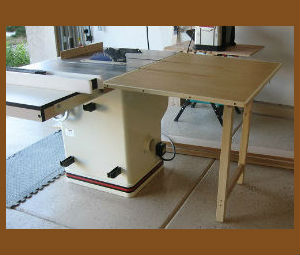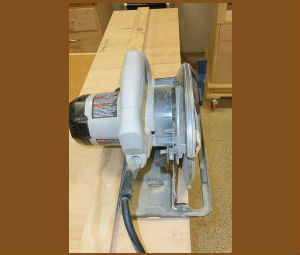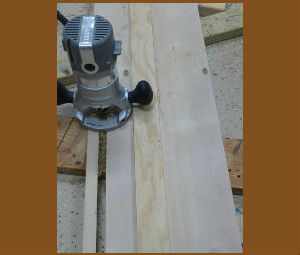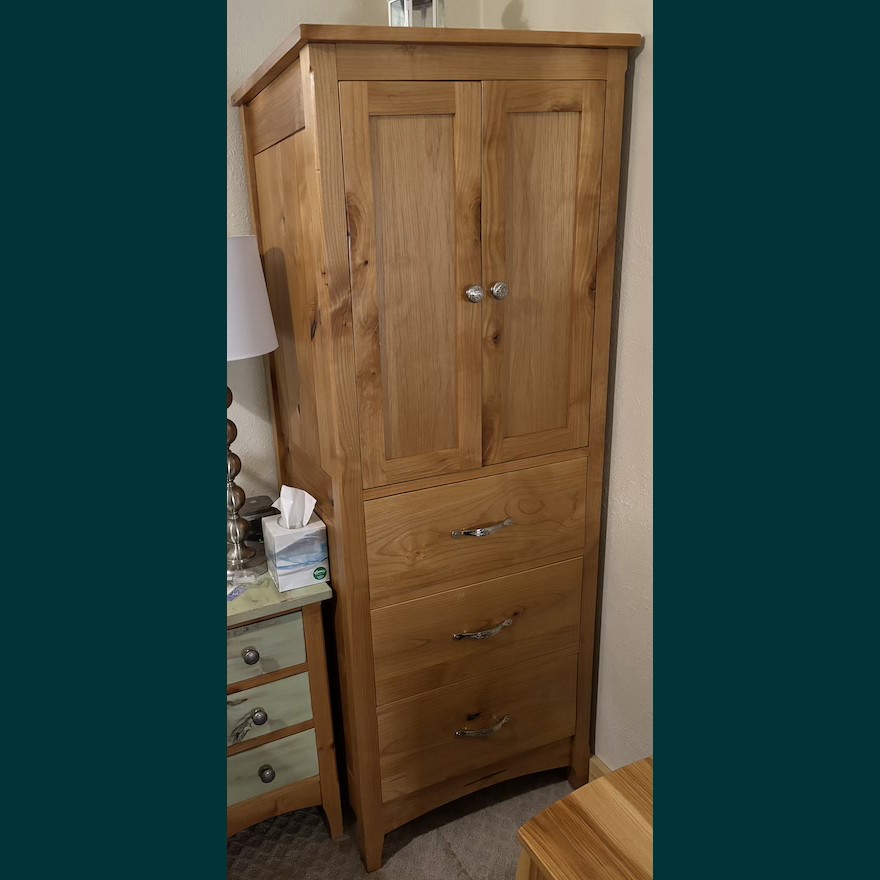
Outfeed Table
“Outfeed Table for Full-Sized Cabinet Table Saw” Provides safe platform for catching cutoffs from the table saw. In order to get the most out of your table saw by the

“Outfeed Table for Full-Sized Cabinet Table Saw” Provides safe platform for catching cutoffs from the table saw. In order to get the most out of your table saw by the

“Breaking Down a Full Sheet of Plywood” Use an inexpensive homemade jig. It might seem like something that shouldn’t be that hard, but manipulating the large panel that can weigh

“Straight Edge Guide for a Router” Create an Inexpensive Guide for Your Router. A few weeks ago I did a blog on the shop made jig to break down large

“Scooping out the Pub Seat” A jig to create a curve in the seat. To create the shape in the seat and make it more comfortable for sitting, I created

It was a long November with lots of travel and family activities so no posts. From 1 – 21 Dec

About 10 days ago, I started building two boxes. One is cherry with a maple and purple heart inlay, and

Over the past couple of weeks, I built this perfectly-sized storage cabinet using knotty alder. It has tongue and groove
Sign up to be notified of local craft events where I’ll be present, special prices for gift items, or discounts on large furniture projects.